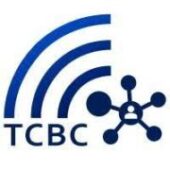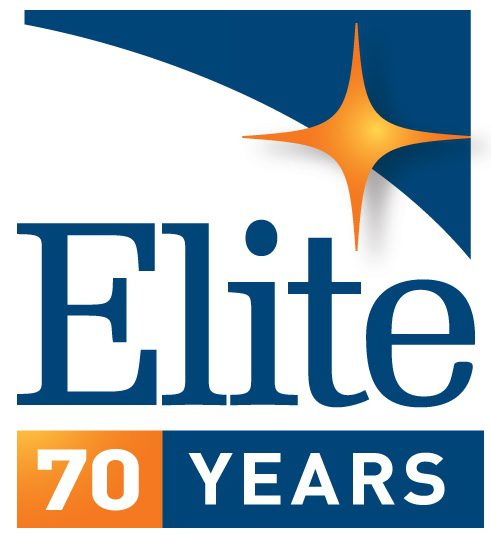In the 1990s, the US Federal Communications Commission (FCC) found itself overwhelmed by applications for telecommunication equipment authorizations. The volume of applications was outrunning the FCC’s ability to keep up. In 1998, FCC issued Report and Order 98-68 setting up a mechanism to allow private entities to issue authorizations.

The Telecommunications Certification Body (TCB) program came out of this. The FCC spelled out the criteria for independent labs to become TCBs in 1999, and the program was launched in June of 2000.
Elite is among those labs authorized to serve as a TCB. To hold TCB status, third-party labs like Elite need to be accredited to ISO/IEC 17065, the standard for certifying bodies, and ISO/IEC 17025, which gives requirements for technical competence. TCBs choose their scope of accreditation, noting the product categories they’re authorized to certify. To remain a TCB, labs have to maintain their accreditations through periodic audits and assessments.

Elite is an active member of the TCB Council, the not-for-profit organization that serves as a liaison between the TCB member labs and the FCC. The FCC is itself a member, working with the accredited labs to maintain the level of technical quality and consistency. The TCB Council holds regular conference calls with the FCC to address questions and keep track of evolving technology.
TCB Council wireless-industry associate members also work with member test labs to keep them relevant as technology progresses. The industry cooperates with labs and the FCC in developing and improving test methods.
The FCC issues occasional public notices titled Knowledge Databases (KDBs) to clarify rules and answer frequent questions. Working groups and committees within the TCB Council work with the FCC to develop KDBs on specific topics.
Rick King is Elite’s certification department supervisor and represents Elite on the TCB Council. “Elite takes part in two particular committees that help shape the future of the industry,” Rick explained. The Module Discussion Committee, having to do with test procedures for radiofrequency (RF) modules, and the Rules and Policies Committee, which deals with rules changes.

Elite TCB Council representative Rick King
Elite’s long history in testing and certification of RF devices has earned it wide respect in the industry. As technology grows and changes, the FCC actively solicits input on the relevance and appropriateness of its Rules and Regulations. Serving on behalf of Elite, Rick relates the experience gained in performing tests and implementing new technologies.
For information on how the FCC Rules and Regulations affect your product and what changes may be coming, contact Elite and talk to one of our experts. Devices subject to the FCC Rules continue to grow faster and more sophisticated. Elite’s active work with the TCB Council keeps Rick’s testing team on top of what the FCC needs for the fastest and most complete approval.










